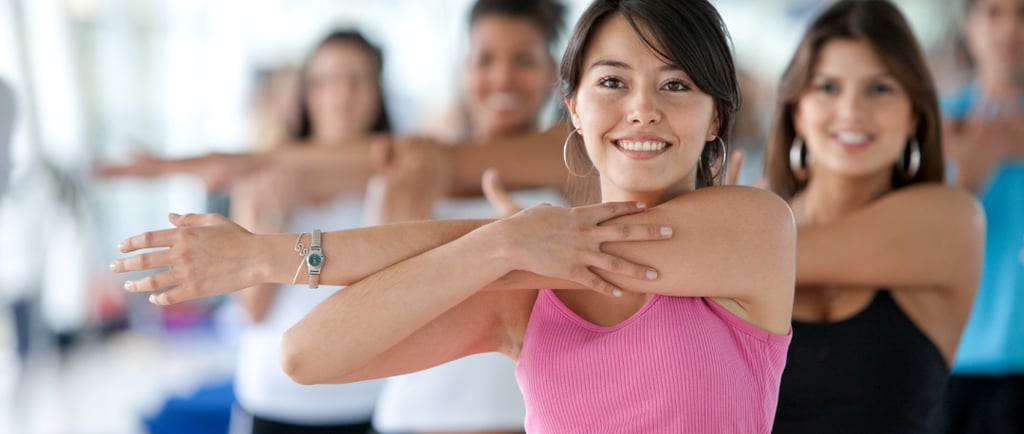Benefits of Stretching: How Stretching Transforms Your Body
Discover the top benefits of stretching, including improved flexibility, better circulation, injury prevention, and reduced muscle soreness.
FITNESS
7/17/20253 min read


Why Stretching is Important
Regular stretching is essential, especially as we age. Stiffness doesn’t appear overnight. Instead, it develops gradually over time and can significantly affect mobility, limit range of motion, and impact daily activities. Even at a young age, a lack of regular stretching can increase the risk of joint and muscle injuries, particularly for those who play sports or engage in activities that require dynamic movement. To maintain or improve flexibility, stretching should be a consistent part of our routine. In this article, we will explore the many benefits of stretching and why it's a key component of a healthy lifestyle.
Benefits of Stretching
1. Improves Flexibility
Stretching helps maintain and improve flexibility by lengthening the muscles and connective tissues. At the same time, it supports joint mobility by promoting smooth, pain-free motion through the full range of each joint. Over time, without regular movement and stretching, muscles can become tight and shortened. This limits flexibility, which makes daily tasks such as bending down, reaching overhead, or turning your head more difficult.
2. Enhances Mobility and Range of Motion
Mobility is the ability of your joints to move freely and efficiently, and it also involves joint strength and control. Regular stretching, especially when combined with dynamic movements, helps keep joints healthy and lubricated. This enhances your ability to move freely without pain or restriction. Better mobility improves balance and stability, which is crucial for preventing falls and maintaining independence as you age.
3. Reduces Risk of Injury
Tight muscles are more prone to strains and tears. Stretching helps prepare your muscles for movement by increasing blood flow and elasticity. This is particularly important before engaging in physical activity, as it improves the muscles’ ability to withstand stress. Regular stretching also helps correct muscular imbalances, which can contribute to poor posture and increase injury risk over time.
4. Improves Posture
Many people develop poor posture from sitting for long periods or repeating the same movements daily. This can lead to muscle imbalances. Some muscles become tight, while others weaken. Stretching helps release tension in overworked areas like the chest, shoulders, and hip flexors while supporting the muscles responsible for keeping your spine in alignment. Over time, this can lead to better posture, reduced back and neck pain, and a more confident stance.
5. Relieves Tension and Stress
When you’re stressed, your muscles tend to contract and stay tight, especially in the neck, shoulders, and back. Stretching activates the parasympathetic nervous system, which helps the body relax. Slow, deep stretches combined with controlled breathing can ease tightness, calm the mind, and improve overall mood.
6. Boosts Circulation
Stretching increases blood flow to muscles and tissues, delivering more oxygen and nutrients while helping remove waste products like lactic acid. This improved circulation supports cell regeneration, speeds up recovery after physical activity, and promotes overall cardiovascular health. Better blood flow also helps with energy levels and can reduce feelings of fatigue.
7. Enhances Physical Performance
Flexible and well-conditioned muscles move more efficiently and respond better during activity. Whether you’re running, dancing, lifting weights, or doing everyday tasks, stretching improves the functional movement of your muscles and joints. This leads to better performance, reduced effort, and a lower risk of fatigue or injury during exercise.
8. Reduces Muscle Soreness
After intense physical activity, muscles can feel sore due to microtears and lactic acid buildup. Gentle post-exercise stretching can help reduce this soreness by improving circulation and promoting faster recovery. While it doesn’t eliminate soreness completely, it can significantly reduce stiffness and help you feel ready to move again sooner.
9. Supports Better Body Awareness
Stretching requires focus and attention to how your body feels and moves. Over time, this enhances proprioception—your body’s awareness of its position and movement in space. This increased awareness helps you move more mindfully, notice areas of tightness or imbalance, and reduce the likelihood of overuse or strain.
Conclusion
In our busy lives, we often overlook the importance of stretching. While cardio and strength training usually get most of the attention, stretching is equally essential for overall health and wellbeing. It improves flexibility and mobility, both of which are vital for maintaining quality of life. Stretching also helps prevent injuries, enhances blood circulation, and relieves muscle tension, especially if you spend long periods in the same position. If you’re active in sports, stretching can improve performance and ease post-exercise muscle soreness.
With so many benefits, the next step is to discover the types of stretches that suit your body and lifestyle. Incorporating them into your daily routine and alongside any physical activity will support your long-term health and movement.
Sakura Fitness & Beauty
Promoting fitness, health, wellness, and beauty.
© 2025. All rights reserved.
London, UK
info@sakurafitnessbeauty.com
